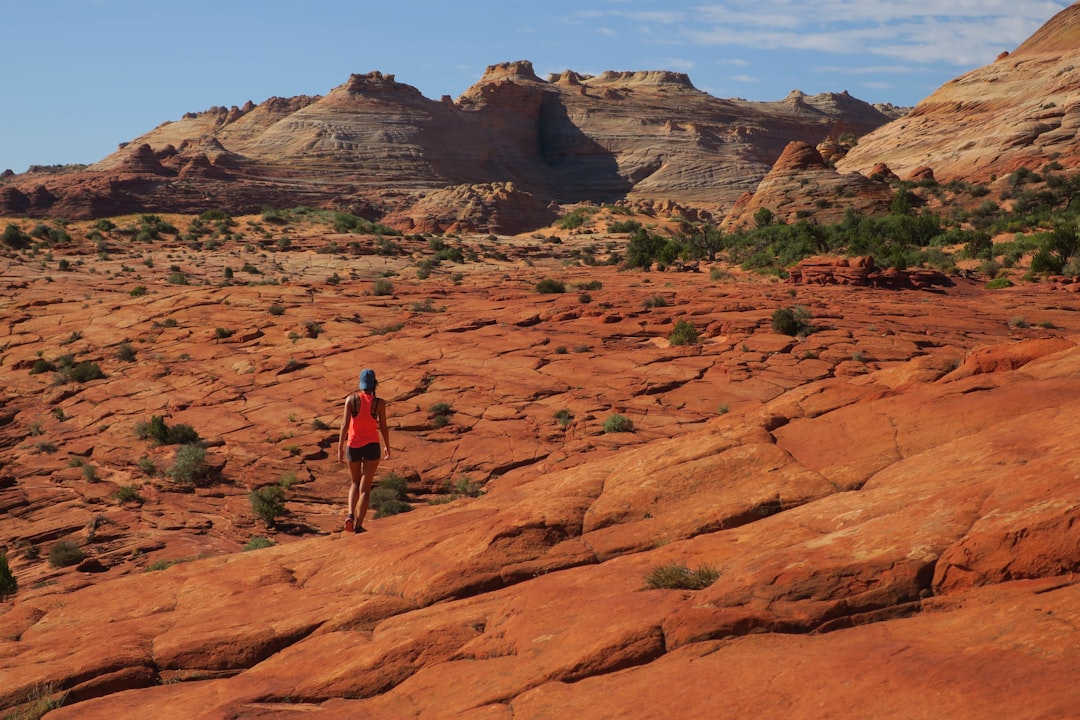
New Hampshire’s natural beauty is defined by its stunning landscapes, from the majestic mountains to the picturesque coastlines. However, erosion poses a significant threat to these precious assets. Erosion can cause soil degradation, damage to infrastructure, and loss of valuable land. To safeguard your property and contribute to the preservation of New Hampshire’s environment, it is crucial to implement effective erosion control measures. In this article, we will explore some of the most effective strategies you can employ to manage erosion effectively.
Understanding Erosion in New Hampshire
Before delving into erosion control measures, it is essential to understand the factors that contribute to erosion in New Hampshire. The climate in this region is characterized by cold winters, heavy rainfall, and snowmelt, which can accelerate erosion processes. Additionally, the state’s hilly terrain and diverse soil compositions make certain areas more prone to erosion than others, especially those lacking adequate vegetation cover.
1. Establish Vegetation Cover
One of the most effective ways to prevent erosion is to establish and maintain adequate vegetation cover. Plants and trees play a vital role in stabilizing the soil with their intricate root systems. Their roots bind the soil particles, preventing them from being washed away by rainwater. Furthermore, vegetation cover intercepts rainfall, reducing the impact of water droplets and preventing surface runoff.
To establish vegetation cover, consider planting native grasses, shrubs, and trees that are well-adapted to New Hampshire’s climate. Native plants require less maintenance, are typically more resilient, and provide essential habitat for local wildlife.
2. Mulching and Ground Cover
Mulching is another effective erosion control measure that can be easily implemented. Applying a layer of mulch to the soil surface helps to regulate soil temperature, retain moisture, and prevent erosion. Organic mulches, such as straw or wood chips, are highly recommended as they break down over time, enriching the soil and promoting healthier plant growth.
In areas where vegetation is challenging to establish, such as steep slopes or construction sites, ground covers can be utilized. Ground covers, such as erosion control blankets or mats, provide temporary protection until permanent vegetation can be established. These materials prevent soil erosion by providing immediate coverage and stabilization.
3. Terracing and Retaining Walls
For properties with significant slopes or uneven terrain, terracing and retaining walls are effective erosion control measures. Terracing involves creating leveled platforms, or terraces, along the slope. These terraces act as steps, reducing the speed of water runoff and preventing soil erosion. Retaining walls, on the other hand, are vertical structures that hold the soil in place, preventing erosion and landslides.
When constructing terraces or retaining walls, it is crucial to consult professionals to ensure proper design and engineering. Improperly designed structures can exacerbate erosion issues or even pose safety hazards.
4. Proper Drainage Systems
Poorly designed or insufficient drainage systems can contribute to erosion. Excess water can accumulate and flow in unpredictable patterns, leading to erosion and flooding. Implementing proper drainage systems, such as swales, French drains, or culverts, can effectively manage water runoff and prevent erosion.
Swales are shallow channels that direct water away from sensitive areas, while French drains are perforated pipes buried underground to redirect water. Culverts, on the other hand, are concrete or metal pipes that allow water to pass under roads, driveways, or other structures, preventing erosion by maintaining the natural flow of water.
Take Action to Protect Your Property
Erosion control measures are crucial for protecting your property, minimizing environmental impact, and preserving New Hampshire’s natural beauty. By implementing effective erosion control strategies, such as establishing vegetation cover, utilizing mulching and ground covers, constructing terraces or retaining walls, and implementing proper drainage systems, you can actively contribute to erosion prevention in your community. Be proactive and seek professional advice if needed to ensure the most suitable and effective erosion control measures for your property. Together, let’s preserve the beauty of New Hampshire for future generations.
The Beginners Guide To (What You Need To Know To Get Started)